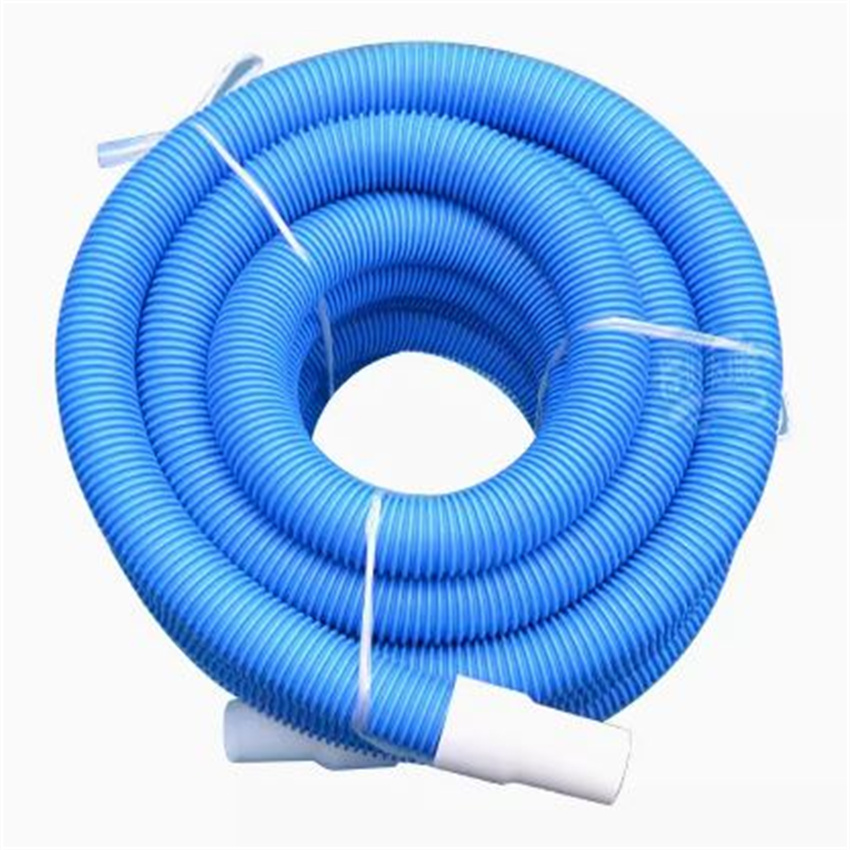suction hose vs discharge hose
Understanding the Differences Between Suction Hoses and Discharge Hoses
Hoses are vital components in various industrial and agricultural applications, playing essential roles in the transfer of liquids, slurries, and gases between systems. Two of the most commonly used types of hoses are suction hoses and discharge hoses. Although they may appear similar at first glance, they serve different purposes and are constructed with distinct characteristics that make them suitable for their specific functions. In this article, we'll explore the key differences between suction hoses and discharge hoses, helping you make informed decisions for your operational needs.
Definition and Purpose
Suction hoses, as the name suggests, are designed for drawing fluids into a system. They create a vacuum that allows liquids to be pulled from a source, such as a tank or a reservoir, into a pump or other delivery system. Suction hoses are often used in scenarios where fluid needs to be extracted, such as in drainage work, septic tank operations, and various industrial processes.
Discharge hoses, on the other hand, are intended for transporting fluids away from a system. They are used to convey the liquid out of a pump or other equipment into a designated location, like a storage tank or through a discharge outlet. Discharge hoses are prevalent in irrigation, dewatering applications, and construction projects.
Construction and Design
The construction of suction and discharge hoses differs significantly, primarily due to the nature of the forces they must withstand
.1. Suction Hoses - Material Suction hoses are typically made of flexible materials that can endure negative pressure. Common materials include PVC, rubber, and polyvinyl. These materials allow for a lightweight, flexible design, enabling easy handling and maneuverability. - Reinforcement Suction hoses often incorporate a spiral wire or helix reinforcement to prevent collapse under vacuum conditions. This reinforcement is essential to maintain the hose's shape and function effectively while creating suction. - Interior The interior of suction hoses is usually smooth to facilitate easy fluid movement and reduce friction loss.
suction hose vs discharge hose

2. Discharge Hoses - Material Discharge hoses are generally constructed from sturdier materials that can handle high pressure. Rubber and reinforced PVC are common because they offer strength and resistance to wear and tear. - Reinforcement Unlike suction hoses, discharge hoses require robust reinforcement to tolerate the positive pressure created during fluid discharge. They typically have multiple layers of fabric or wire reinforcement. - Interior Discharge hoses may have a textured or ribbed interior to enhance flexibility and prevent kinking when under pressure.
Applications and Limitations
When selecting between suction and discharge hoses, understanding their applications and limitations is crucial.
- Suction Hoses - Applications They are widely used for applications like vacuum services, tank cleaning, and in situations where liquid needs to be drawn from a lower elevation to a higher elevation. - Limitations Suction hoses are limited by the maximum vacuum they can handle; excessive negative pressure can lead to collapse or ruptures. They are not suitable for applications requiring high-pressure discharge.
- Discharge Hoses - Applications Discharge hoses are essential in industries such as agriculture, construction, and firefighting, where materials need to be forcibly expelled from pumps. - Limitations While discharge hoses are designed for high pressure, they typically cannot maintain suction; thus, using them for suction applications could lead to performance issues.
Conclusion
In summary, while suction hoses and discharge hoses may look similar and are both used for fluid transfer, they have fundamentally different designs and purposes. Suction hoses are crafted to create a vacuum, allowing them to draw fluids into a system, while discharge hoses are built to handle the pressures of expelling liquids from a system. Understanding these differences is crucial for professionals in various fields to select the appropriate hose for their specific needs, ensuring efficient and safe operations. Whether you're working in agriculture, construction, or industrial settings, choosing the right hose can make all the difference in performance and reliability.
-
Top Quality Oxy Acetylene Hoses for Sale Fit for Welding DemandsNewsJul.28,2025
-
The Future of Pneumatic Air Tubes in IndustryNewsJul.28,2025
-
Superior and Reliable LPG Hose Pipe Solutions for Every NeedNewsJul.28,2025
-
Exceptionally Durable and Versatile Premium Braided PVC TubingNewsJul.28,2025
-
Best Adapters for Connecting Garden Hose to PVC Pipe ConnectionsNewsJul.28,2025
-
The Essential Role of LPG Hoses in Safe and Efficient Gas DistributionNewsJul.16,2025














